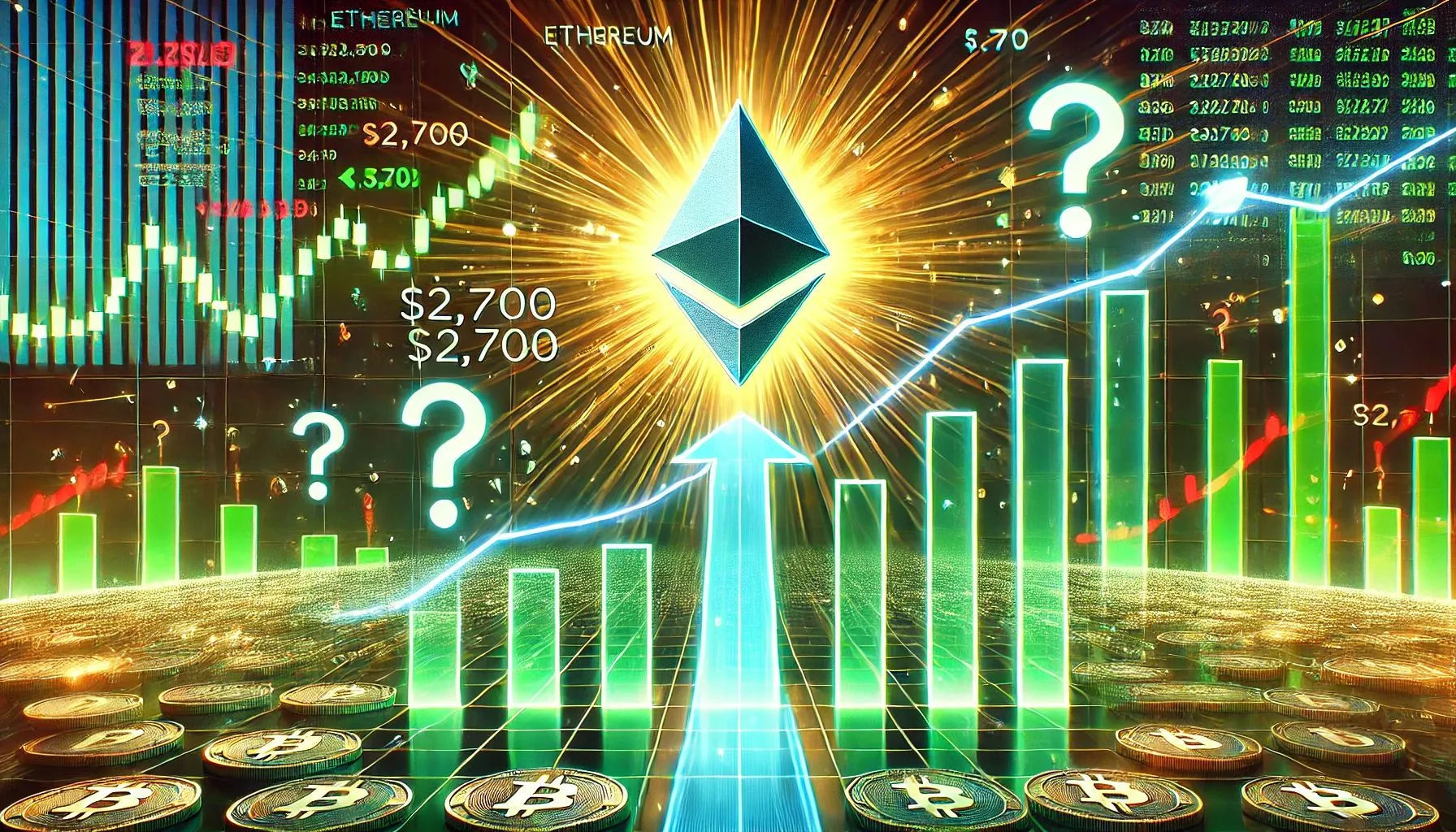Ethereum continues to showcase remarkable resilience in the cryptocurrency landscape, outperforming the broader market by 17% over the past month despite persistent struggles to breach the $2,700 resistance level since mid-May. Trading at approximately $2,491, ETH has maintained significant strength relative to other digital assets, even while remaining 48% below its October 2021 peak of $4,870. This performance divergence highlights Ethereum’s underlying fundamentals and network utility, which continue to attract investor confidence amid broader market uncertainty and concerns about declining interest in decentralized applications across blockchain ecosystems.
The Ethereum network maintains its dominant position in the decentralized finance landscape, controlling 54.2% of the total value locked across all blockchain platforms, with an additional 6.3% secured by leading layer-2 scaling solutions. This commanding market share translates to deposits within the Ethereum ecosystem exceeding four times the combined totals of major competitors Solana and BNB Chain, despite the overall TVL remaining 43% below its December 2021 peak of $122 billion. The network’s revenue model also demonstrates superior efficiency compared to rivals, with Ethereum’s top four DApps generating $169 million in fees while users paid $38.3 million in network processing costs, creating a more balanced economic structure than competitors like Solana.
Critics have pointed to Ethereum’s apparent unpreparedness for the memecoin surge that characterized early 2025, particularly as Solana experienced significant onchain activity following high-profile token launches. However, analysis reveals potential weaknesses in alternative blockchain models, with Solana’s top DApps generating $356.3 million in fees while the network itself collected only $48.5 million, creating downward pressure on SOL prices as projects regularly liquidate treasury holdings. This revenue distribution imbalance suggests that Ethereum’s layer-2-focused scaling approach may offer more sustainable long-term value for token holders.
Despite recent volatility that saw ETH drop 9% between May 29-30, futures market data indicates sustained investor confidence with annualized premiums holding near 6% even after $159 million in leveraged position liquidations. The layer-2 ecosystem now processes over 15 times more transactions than Ethereum’s base layer, demonstrating significant scaling progress and network growth. While investor sentiment remains tied to macroeconomic factors and global recession risks, Ethereum’s robust TVL foundation and transaction scalability improvements provide downside protection and reduce the likelihood of underperforming the broader altcoin market, positioning ETH for potential breakout momentum when market conditions improve.





